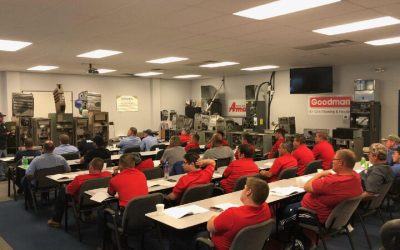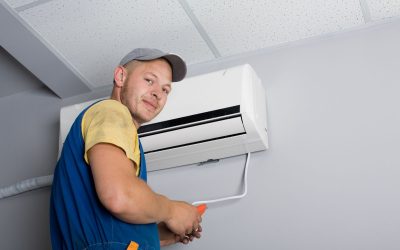Introduction
In industries where temperature regulation is crucial, the Air Cooled Heat Exchanger (ACHE) plays a pivotal role. These devices are essential for transferring heat from fluids or gases to the air, thus cooling the system efficiently without the need for water. This guide delves into the efficiency and various applications of air cooled heat exchangers, offering insights into how they function and why they are increasingly popular in certain sectors.
Understanding Air Cooled Heat Exchangers
How They Work
Air cooled heat exchangers consist of finned tubes through which the hot fluid or gas flows. Fans mounted on the unit draw ambient air across these fins, dissipating the heat from the fluid inside to the outside air. This process is greatly influenced by the design of the fins and the fans’ efficiency, making ACHEs a study in precision engineering.
Design Factors Influencing Efficiency
Several design elements determine the efficiency of an ACHE:
- Finned tubes: The surface area and design of the fins play a crucial role. More extensive or densely packed fins can dissipate more heat.
- Fan technology: The type and efficiency of fans used can significantly impact energy consumption and noise levels.
- Materials: The choice of materials affects the heat transfer rate and durability under different environmental conditions.
Applications of Air Cooled Heat Exchangers
Air cooled heat exchangers are versatile and found in various industries:
- Power Generation: ACHEs are used in power plants to cool down process fluids and gases, reducing the overall thermal footprint.
- Oil and Gas: In refineries, ACHEs help in cooling the processed fluids before they are transported or further processed.
- Chemical Processing: These exchangers maintain temperature within safe limits during chemical reactions or processing.
- Manufacturing: Various manufacturing processes require the cooling of machinery and components to ensure optimal performance and safety.
Advantages of Using ACHEs
Choosing an air cooled heat exchanger comes with several benefits:
- Water Conservation: They do not require water for cooling, which is a critical consideration in areas facing water scarcity.
- Cost-Effectiveness: Lower operational costs are evident since there is no need for water treatment facilities or cooling towers.
- Environmental Impact: Reduced water usage means a lower environmental footprint, aligning with sustainability goals of many modern businesses.
Maintenance and Efficiency Optimization
To maintain efficiency, regular maintenance of ACHEs is essential:
- Cleaning: Keeping the fins and fans clean from debris and dust ensures optimal performance.
- Inspection: Routine inspections can prevent and address wear and tear, especially in the finned tubes and fan motors.
- Upgrades: Implementing advancements in fan technology or fin design can boost efficiency and capacity.
Conclusion
Air cooled heat exchangers are crucial in modern industry due to their efficiency and the versatility of applications they offer. By understanding the fundamental working principles, design considerations, and maintenance needs, industries can optimize the use of ACHEs to improve their operations while being mindful of their environmental impact. Whether in power generation, oil refining, chemical processing, or manufacturing, ACHEs provide a reliable solution for effective heat management.


